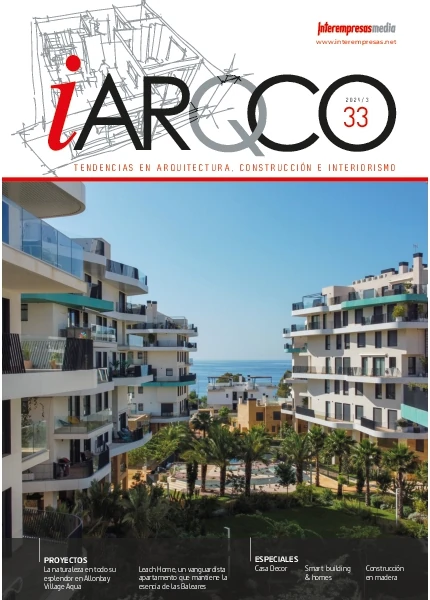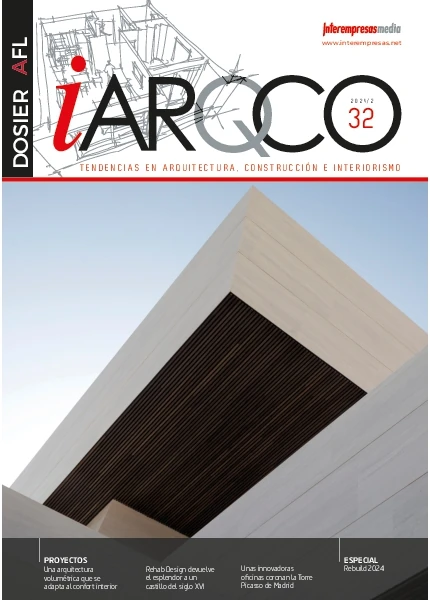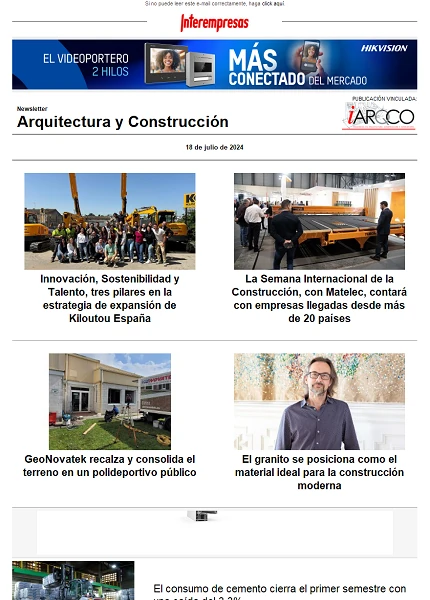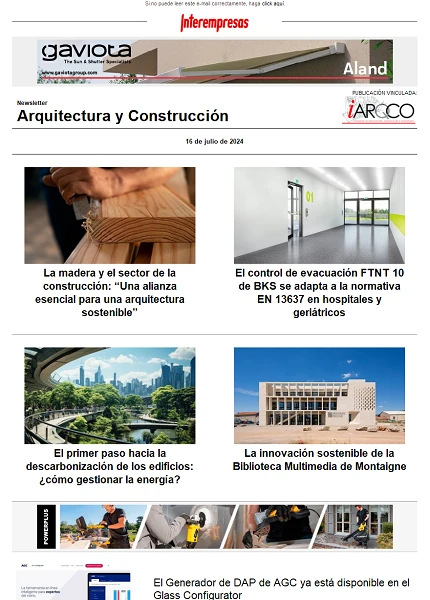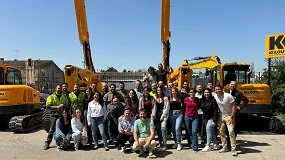The importance of the isolation in the envolvente
The sector of the house plays an important environingingmental paper, as more than 40% of the power in Europe consumes in the buildings. The investigation and crowd of pioneering projects in Europe have confirmed that, using buildings of low consumption of power, so much for new work as for rehabilitation, can achieve a reduction from among the 70-80% of the energetic demand, and this today is technical and economically viable.
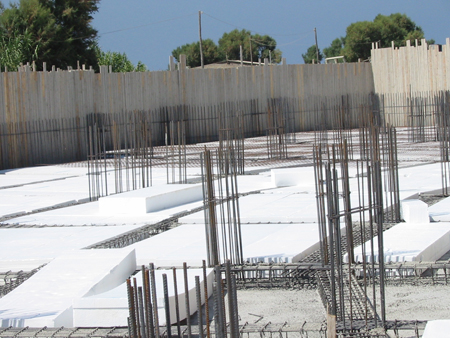
A building of low energy (or low power consumption) is a type of building that provides maximum comfort to its occupants, both in winter and in summer, with minimum or no traditional heating requirements and without cooling active. The directive for energy efficiency in building 2010/31/EU (EPBD Energy Performance Building Directive), adopted during the month of June 2010, introduces this concept in the translation to Spanish of the same has been called "almost zero net energy buildings".
This type of building is based on a strong thermal insulation with minimum thermal bridges, strong sealing and an indoor air quality guaranteed through ventilation with heat recovery. They also use passive solar gains.
Although, according to the law, each country will define the boundaries of the properties of these buildings, expected parameters are similar to those known as "passive houses". Their basic concept is to minimize the demand for heating and cooling to reduce it to less than 15 kWh/m2year. The total use of primary energy for domestic hot water, heating, cooling, and operation of appliances is limited to 120\1kW\2m2year.
We hope, as set out in this regulatory framework, by 2020 all buildings in this category.
Which advantages contribute these buildings of high provision?
- Economy. Saving of costs in equipment. Reduction of costs of operation, maintenance and installation.
- Environingingmental footprint a lot of minor. The cleanest power is the one who does not consume .
- Technology that will amortise with grow during all the useful road of the building.
- Appearance of traditional building
- Confort. The use of a good thermal sensors isolation that avoid the thermal sensors bridges, will provide a constant temperature without cold surfaces in the interior of the rooms. This improves the level of confort because of the absence of significant movements of the air.
- Social effects and on the health. The mold and the growth of funguses can avoid by means of a good isolation without thermal sensors bridges.
- hygiene in the supply of power.
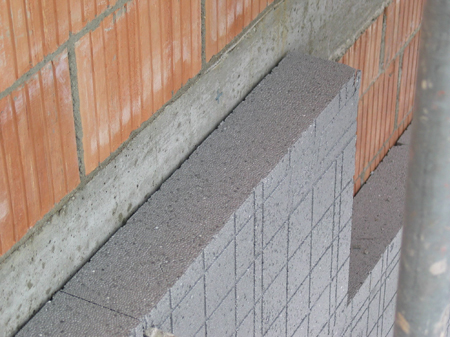
The paper of the EPS (poliestireno expanded) in buildings of high energetic efficiency
Improve the levels of isolation, fundamental activity for these buildings, will comport big economic and social profits.
A frequent argument against the increase of the thickness of the insulator is the apparent high energetic cost of the manufacture of this material. Wrongly it thinks that the energetic saving of the additional insulator is inferior to the power used to manufacture this extra material. At all more far of the reality; A study of the Gesellschaft für umfrassende Analysen GmbH (GUA) analysed the saving of power of plates of insulation applied on the external walls in Europe. The study stands out that the saving of power accumulated by the use of insulator, along the life of a building, is 150 greater times that the necessary power to manufacture this insulator.
From the perspective so much of the power as of the balance of costs, is reasonable to increase the thermal sensors isolation of the buildings. In particular the poliestireno expanded is the most chosen insulator for the realisation of this type of building due to the fact that his properties fit perfectly with his aims.
Key properties of the insulator of EPS
Little weight
The EPS is in reality 98% of air captured inside 2% of a cellular matrix, what does it very light. Work with densities from among 10 and 35kg/m2 allows works of light construction and insurance, doing besides that the material was easy to transport. The low weight saves besides fuel in the transport and does it easy to handle in the work, big advantage since the vertical transport of heavy products in the construction comes under scrutiny of the controls of health and hygiene.
Resistance, structural stability and transitabilidad
In spite of his low weight, the singular structure of the EPS contributes the profits of an exceptional resistance to the compressesion without that the material lose provision with the humidity.
These excellent mechanical properties do him a good election for the loads cíclicas that bears insulator in covers (transitables) and floors and in general, in any application that bear loads. Thanks to the versatilidad in his process of production, the mechanical properties of the EPS can adjust to adapt to each specific application.
Economy
The EPS is one of the insulating materials more economic thanks to his good relation provision/price.
Resistance to the humidity
The EPS does not absorb humidity and his mechanical properties and insulation do not degrade with the water, the steam or the humidity. The EPS is one of the most resistant products to the adverse effects of the humidity from among all the materials used for applications of isolation.

Manipulation/Handle and installation
The EPS is a rigid and light material without being brittle. His manipulation and installation are practical and safe. The possibility of manufacture by moldeo allows the production in factory of complex forms to cover the most demanding requirements of design in architecture. The system of production allows the supply of products with the density, mechanical properties and properties of isolation specified, as well as his dimensions and forms, which minimises the wastes in the work. The personalización in situ is possible without need of special tools of cutting.
Recycled
Unlike other insulating materials, the poliestireno recycles very easily.
The manufacturers of EPS no only recycle the rests of the manufacture doing ironingings again, but they collect also the rests of the packagings of the consumers and incorporate to the production to optimise the costs and reduce the use of prime matter. These are the called Centres ECHO EPS.
Quality of the air in the interior
The confort of the occupants, so much thermal sensors like acoustic, is an essential component of the IAQ (the quality of the air in the interior). The insulator of EPS helps to keep a temperature of the stable air, contributing confort thermal sensors, and can act also like acoustic insulator, avoiding his transmission through the walls, so much inner like outsides.
Quality certified of the insulator
The insulator of EPS has a wide reputation of quality and manufactures under label CE in accordance with the norms CEN compulsory in the EU, as it JOINS it IN 13163.
Is the guarantee for the constructor and the owner of the house that the insulator of EPS fulfils with all the legal requirements.


